If you’re launching a new product line or scaling your Amazon FBA store, sourcing fabrics from China can be your competitive advantage. From cotton to performance textiles, fabric exporters in China offer unmatched variety and pricing — but only if you know how to navigate the process.
Here’s your step-by-step guide, designed for busy importers who don’t have time to deal with factory fraud, production delays, or language barriers.
Why Source Fabrics from China?
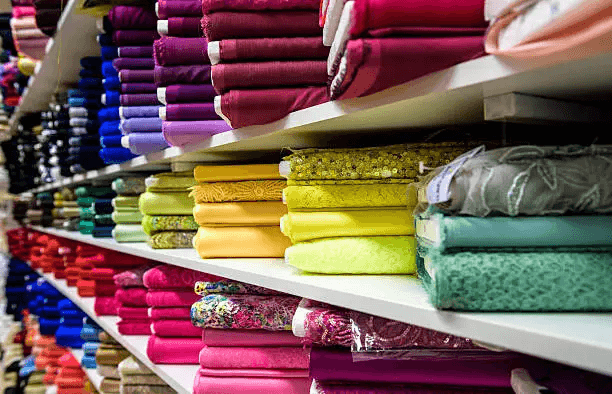
Learn how to import fabric from China with confidence—get sourcing tips, avoid scams, and streamline your textile supply chain today.
China’s textile sector is the world’s most advanced, serving global brands at every tier.
Key Benefits
- Massive Selection
From organic cotton to printed chiffon, China manufactures every textile under the sun.
- Prezzi competitivi
Save 30–50% on average compared to local sourcing.
- Global Trade Experience
Most suppliers are familiar with EU/US standards and logistics.
- Customization-Ready
Ideal for DTC founders needing branded fabrics or trims.
💡 Whether you’re importing raw yardage or looking to import dresses from China, the flexibility is unmatched.
Step 1: Define Your Fabric Needs Clearly
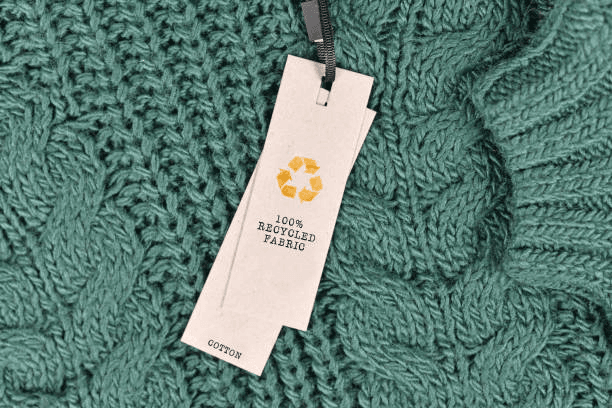
Before contacting suppliers, get specific about what you’re sourcing.
Key Details to Lock Down
- Material Type: Cotton, polyester, viscose, spandex blends, etc.
- Use Case: Apparel, accessories, upholstery?
- Performance Specs: GSM, stretch, anti-wrinkle, colorfastness.
- Certificazioni: OEKO-TEX®, GOTS, GRS if you’re targeting sustainable buyers.
- Quantità minima: Typical range is 300–1,000 meters per SKU.
Step 2: Identify Trustworthy Fabric Exporters in China
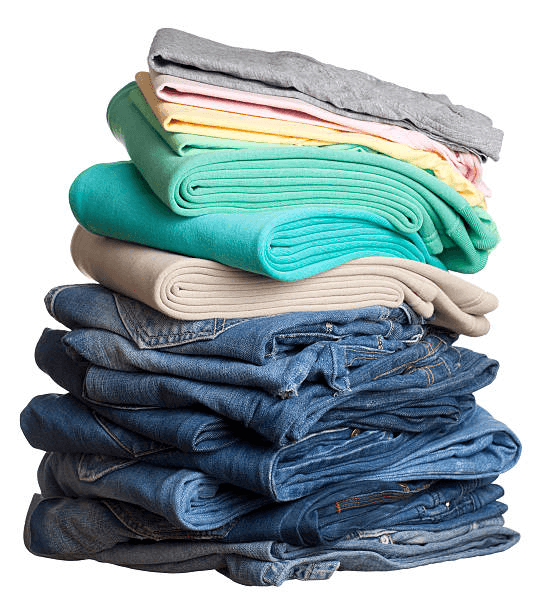
Not all suppliers are created equal — and not all “Gold Suppliers” on Alibaba are manufacturers.
Sourcing Options
Alibaba, Made-in-China (good for sampling, but beware of trading companies).
- Fiere
Intertextile Shanghai, Fiera di Canton — ideal for seeing materials firsthand.
- Sourcing Agents
Services like Gruppo di approvvigionamento asiatico vet factories, negotiate pricing, inspect production, and ensure compliance.
✅ Pro tip: Always request factory audit reports or schedule a live video walkthrough if you can’t visit in person.
Step 3: Understand the Full Cost of Importing from China
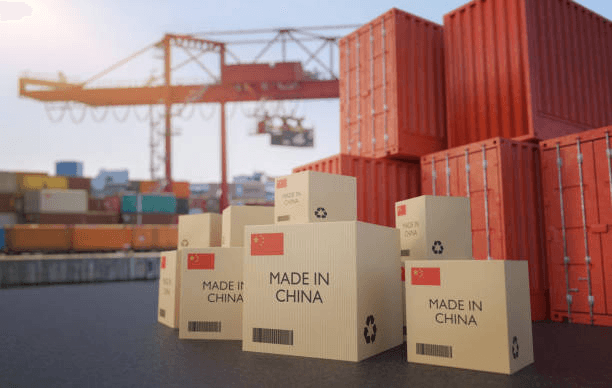
Many new importers underestimate the true landed cost.
Ripartizione dei costi
- Fabric Unit Price: Typically $0.50–$5.00/m depending on material and design.
- Shipping:
Air freight: $3–8/kg (faster)
Sea freight: $1–2/kg (bulk-friendly)
- Import Duties: Based on HS code and destination country.
- Sdoganamento: Brokerage and paperwork fees.
- Inspection/Agency Fees: $100–$500 depending on scope.
🎯 Quando sei importing apparel from China, especially finished goods like dresses, your duties and labeling requirements will be higher. Factor this into your cost model early.
Step 4: Manage Shipping & Logistica
Shipping the goods is where many time-strapped importers hit bottlenecks.
Your Options
- FOB (Free on Board): Supplier delivers to port — you arrange shipping.
- CIF (Cost, Insurance, Freight): Supplier manages shipment to your destination port.
- DDP (Delivered Duty Paid): Best for importers who want zero logistics headaches. Sourcing agents like Asian Sourcing Group often offer this service.
Step 5: Ensure Quality Control at Every Step

Small defects in bulk fabric = thousands in lost revenue.
What to Inspect
- GSM and Color Accuracy
- Printing Consistency (especially if digital or screen printed)
- Stretch and Shrinkage Behavior
- Moisture Content (can affect customs clearance)
- Packaging Quality (to avoid mildew or contamination during shipping)
🔎 Use third-party QC teams or let your sourcing partner conduct live factory checks with photo reports.
Step 6: Know the Prohibited or Risky Items to Avoid
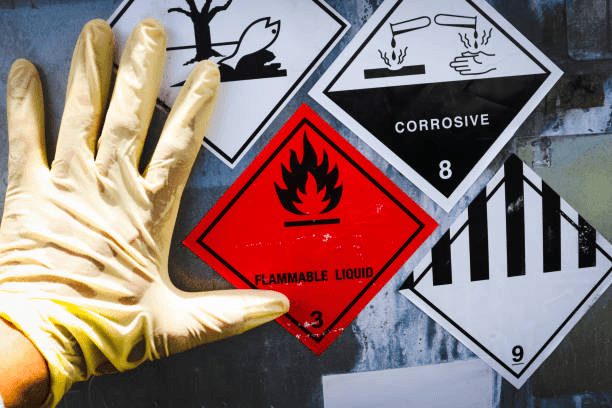
While fabrics from China are generally legal to import, some materials and designs can get you into trouble.
A cosa fare attenzione
- Trademark-Infringing Prints
Never import fabrics with logos like Disney, Nike, or Gucci unless you have rights.
- Banned Substances
Some countries restrict AZO dyes, formaldehyde, and flame retardants.
- Poorly Labeled Shipments
Missing fiber content or country of origin labels can cause customs delays.
Why Time-Strapped Importers Prefer a Sourcing Partner

Most Amazon sellers and DTC founders don’t have time to:
- Vet 10+ suppliers
- Manage international shipping
- Deal with factory misunderstandings
Why Work with a China Sourcing Agency Like Asian Sourcing Group?
- On-ground Factory Vetting
- 24/7 Communication & Transparent Pricing
- End-to-End Project Management
- Amazon FBA Labeling & Compliance
- QC with Real-Time Photo Reports
🎯 Outcome: Import safely, faster, and 30–40% more cost-efficient than going it alone.
Conclusion: Import Smarter, Not Harder
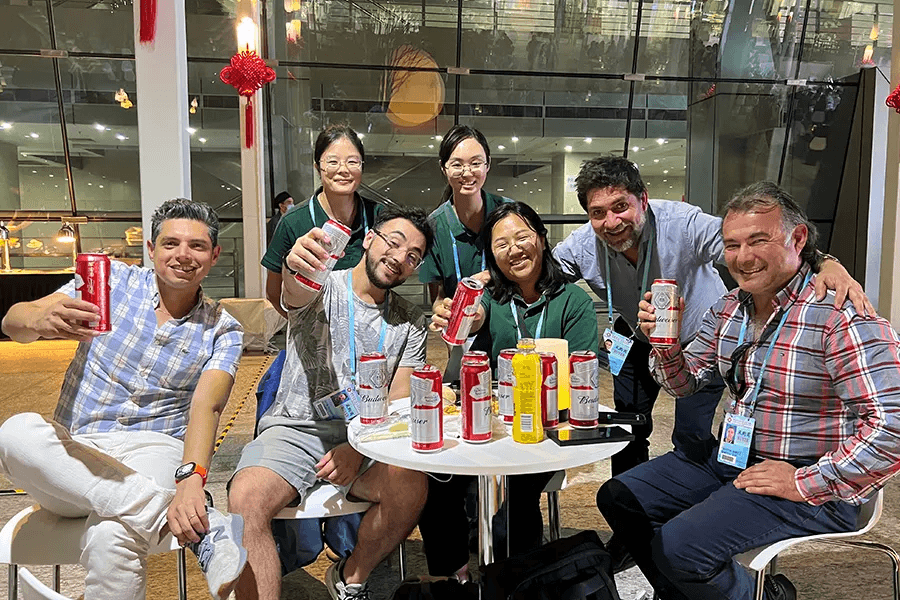
Whether you’re trying to import dresses from China or purchase bulk fabrics from China for your next product line, the process doesn’t have to be overwhelming. By defining your requirements, partnering with verified fabric exporters in China, and managing quality proactively, you can launch on time, on budget, and stress-free.
👉 Asian Sourcing Group offers verified suppliers, transparent pricing, and full logistics support — perfect for e-commerce founders and growing retailers.
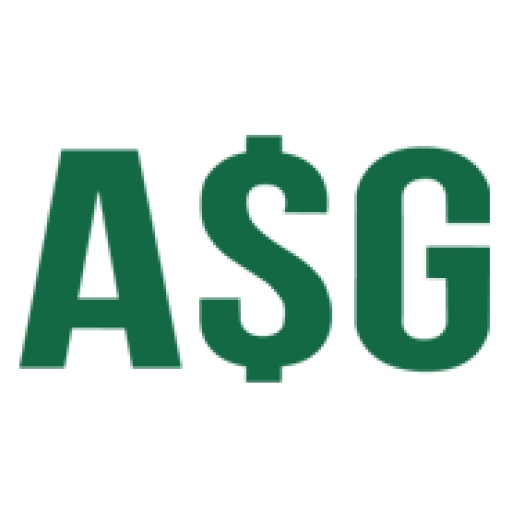

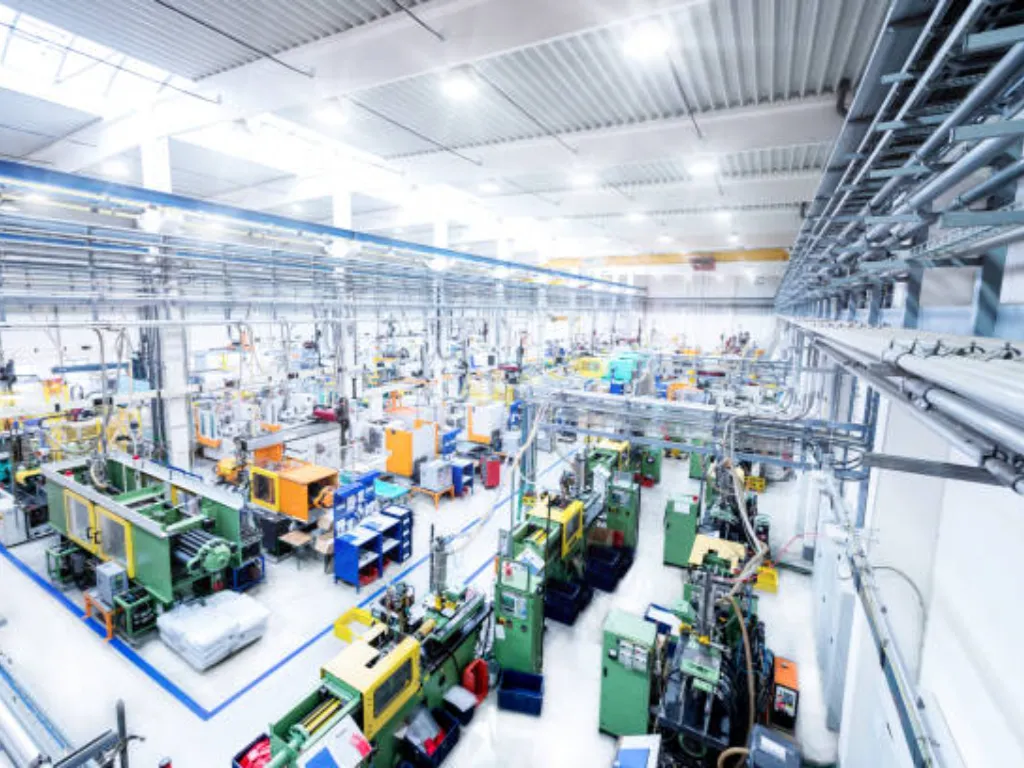
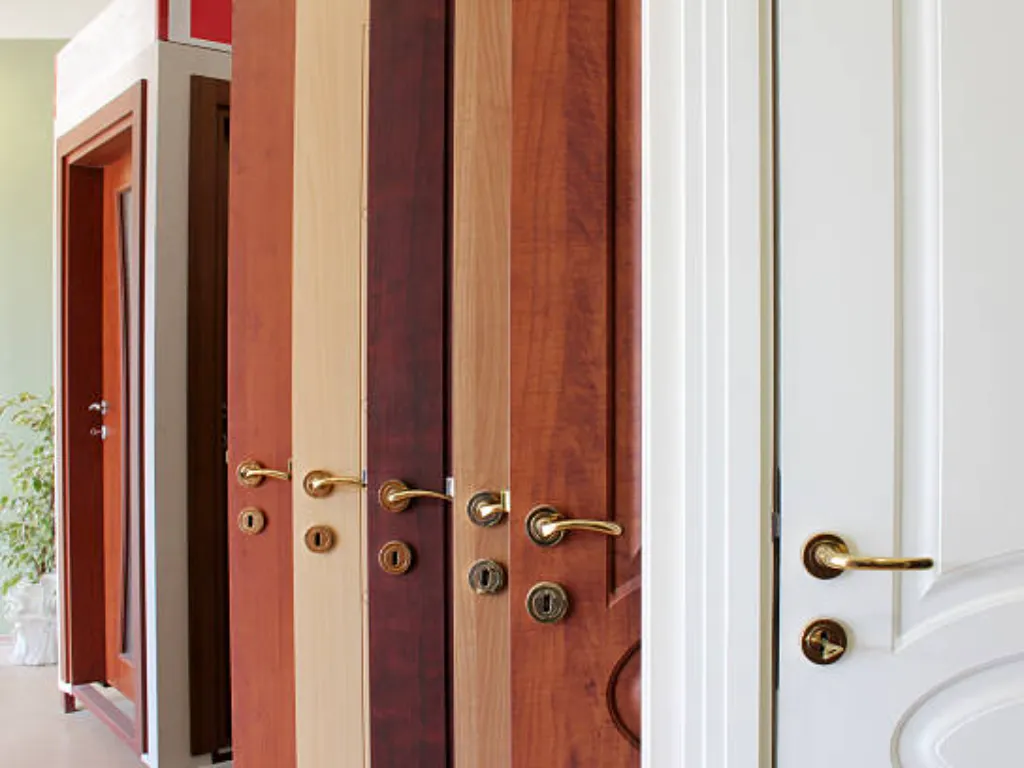

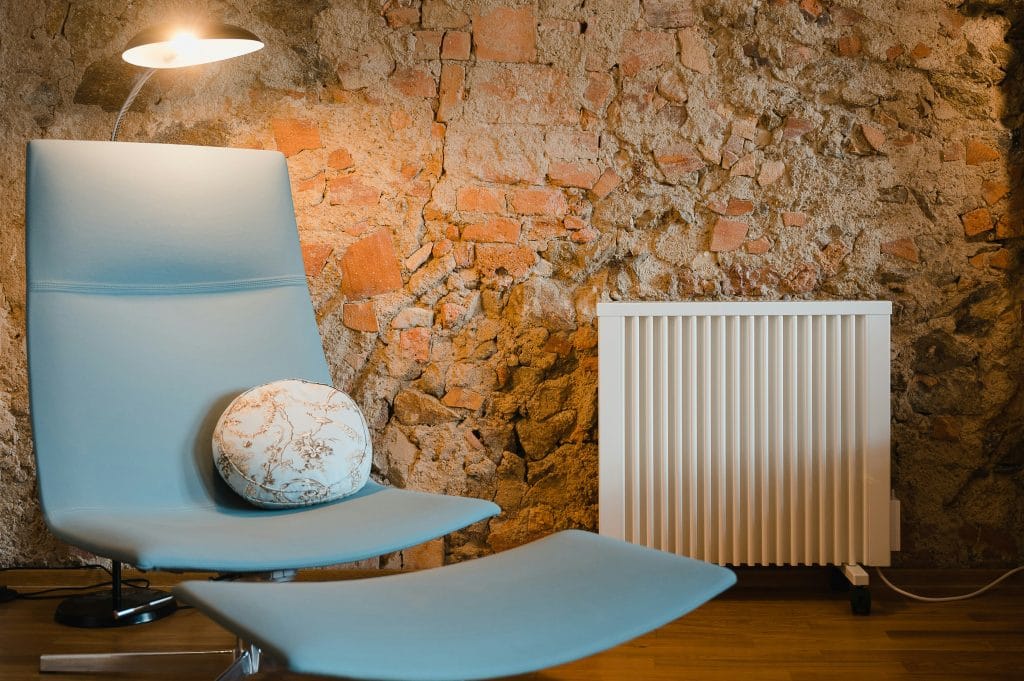
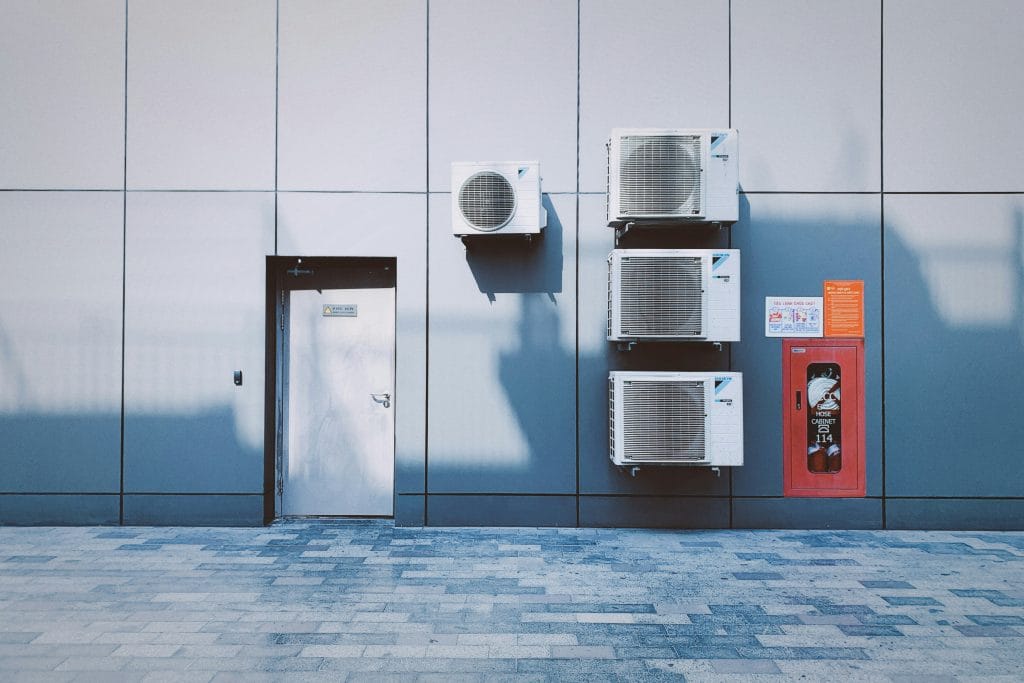
-300x198.png)